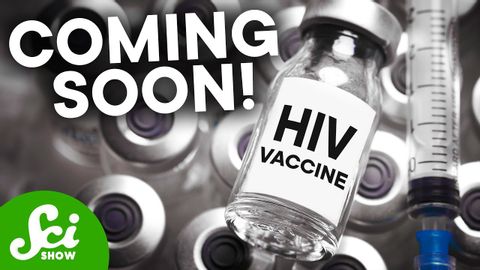新冠疫苗不到一年就研製出來了,為什麼幾十年來都沒有成功研究出「愛滋病」的疫苗呢? (Why They Can't Make an HIV Vaccine (They're Trying!))
VoiceTube 發佈於 2024 年 10 月 18 日  沒有此條件下的單字
沒有此條件下的單字US /spɪˈsɪfɪk/
・
UK /spəˈsɪfɪk/
US /ɪˈmjoon/
・
UK /ɪˈmju:n/
- n. (c./u.)串;束;一群人
- v.t.使成一串
- v.t./i.打褶
US /ˈstrætədʒi/
・
UK /'strætədʒɪ/
